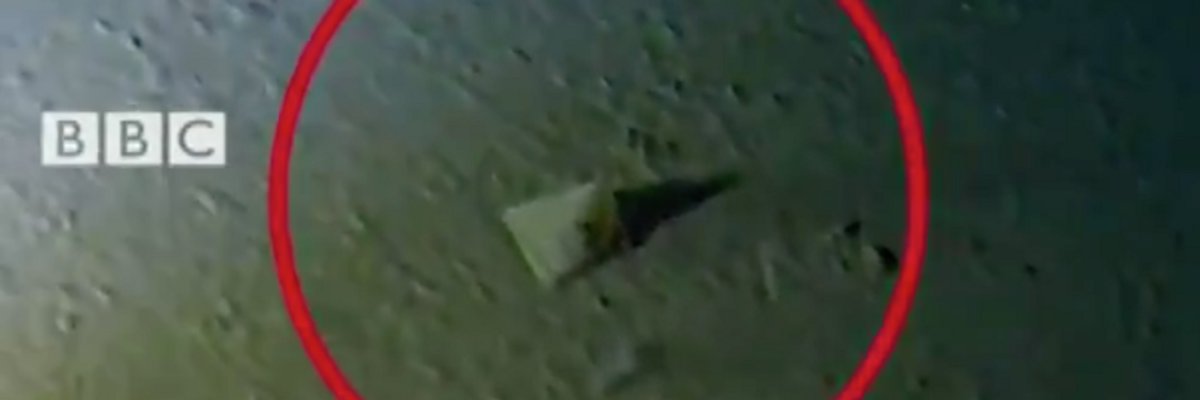Four new species of crustaceans. Samples of rock from the seafloor. Plastic pollution.
That's what American explorer Victor Vescovo found when he descended seven miles underwater to the Mariana Trench in the Pacific Ocean--the deepest dive in human history. The plastic Vescovo found at the bottom of the trench is a grim reminder that human refuse is everywhere on the planet.
Vescovo and his team announced they had made the journey to the bottom of the trench on Monday. Along with the dive depth record, Vescovo holds the distinction of being the first person to dive to the trench more than once.
According to the BBC, Vescovo's team collected samples from the sea floor for further study.
The scientists now plan to test the creatures they collected to see if they contain microplastics, a recent study found this was a widespread problem, even for animals living in the deep.
Reaction to Vescovo's accomplishment was tempered by his discovery of the plastics.
"Our waste is finding its way into the planet's most remote environments," BBC science correspondent Rebecca Morelle said.
The Science Channel listed off all the life found on the sea floor--and plastic.
It's "a travesty that even at our ocean's deepest reaches, humanity's garbage is having an impact," said TV host Rachel Rudwall.

